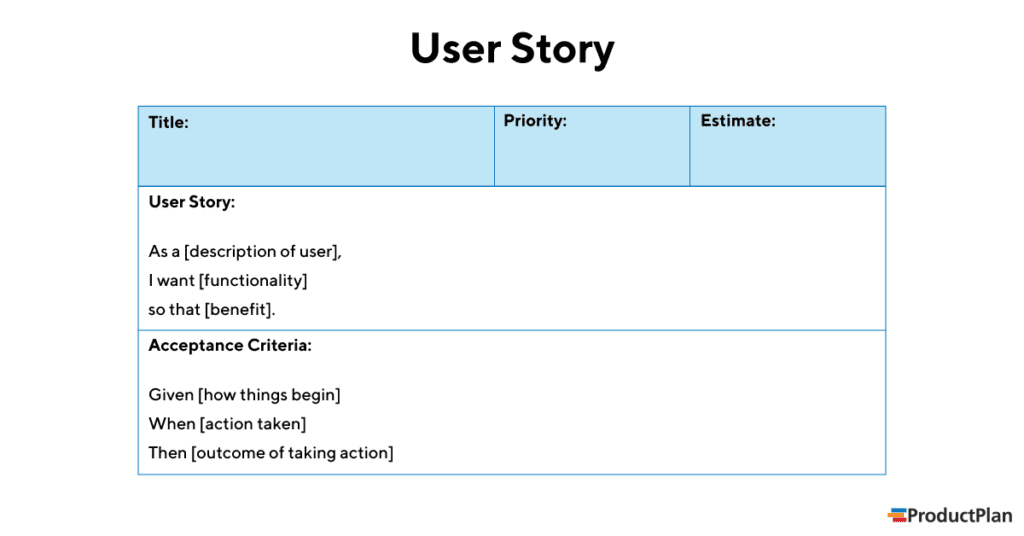Product Management Advocates Clarity: User Stories Prioritized Over 20-Page Technical Requirements

A recent dialogue shared by George from prodmgmt.world highlights a critical shift in effective product management, emphasizing clarity and user-centricity over traditional, overly complex documentation. The exchange between a junior and senior Product Manager (PM) underscores the value of understanding user needs and success metrics as the foundation for product requirements.
The conversation began with a junior PM struggling with a blank document, overwhelmed by "three PRD templates but they're all 20+ pages with sections I don't understand." This common challenge reflects a broader issue in product development where extensive, jargon-filled Product Requirements Documents (PRDs) can obscure the core purpose of a feature, leading to confusion rather than clarity. Such templates often include detailed technical specifications that may not be within the PM's primary purview.
The senior PM's guidance steered the junior PM away from templates, asking, "Tell me what success looks like for your users." This approach quickly identified the user's need: "Users can onboard without talking to support." Breaking this down further, the senior PM helped articulate specific user actions like "Upload data, configure settings, invite team members," which were then identified as the first user stories. This method aligns with agile practices, where user stories serve as concise, user-focused descriptions of desired functionality.
A key takeaway from the exchange was the distinction between defining "what" and "how." When the junior PM questioned the lack of technical architecture diagrams and API specifications, the senior PM clarified, "Are you building it or someone else?" and "Then why are you designing their solution?" This highlights that product managers should focus on customer needs and the problem to be solved, allowing engineers to design the technical solution. Reputable sources emphasize that while PRDs provide a holistic view, user stories offer granular, user-centric narratives crucial for agile development.
The overarching lesson, as stated in the tweet, is that "Requirements aren't about impressing anyone with technical jargon or complex diagrams. They're about clarity. What problem are you solving? For whom? How will you know when you've succeeded?" This philosophy advocates for lean, collaborative requirement documents developed in conjunction with design and tech leads, ensuring shared understanding and effective product delivery. This user-centric approach is increasingly favored in modern product development for its ability to foster collaboration and focus on delivering tangible value.